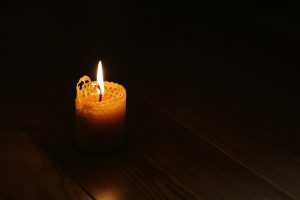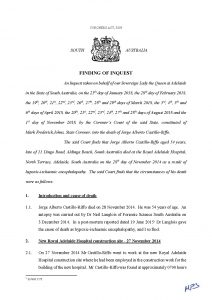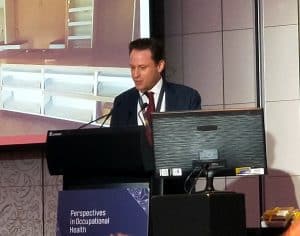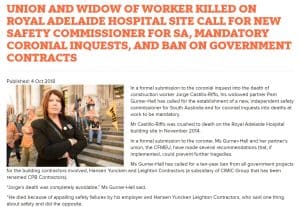 The Australian Government has released the terms of reference into its Productivity Commission inquiry into mental health. The inquiry has broad aims that clearly include occupational health and safety (OHS) and may set some evidence challenges for some of those in the workplace wellbeing sector:
The Australian Government has released the terms of reference into its Productivity Commission inquiry into mental health. The inquiry has broad aims that clearly include occupational health and safety (OHS) and may set some evidence challenges for some of those in the workplace wellbeing sector:
“It will look at how governments across Australia, employers, professional and community groups in healthcare, education, employment, social services, housing and justice can contribute to improving mental health for people of all ages and cultural backgrounds.” (emphasis added)
The Treasurer Josh Frydenberg MP has written that
“the Commission should consider the role of mental health in supporting economic participation, enhancing productivity and economic growth.”

 The
The  If all you knew about occupational health and safety (OHS) was what you read in the physical or online newspapers , you would not know anything about safety management – or maybe anything positive. It takes being involved with managing safety in the real world to understand how OHS operates in the real world. But even then we only learn from our own experiences.
If all you knew about occupational health and safety (OHS) was what you read in the physical or online newspapers , you would not know anything about safety management – or maybe anything positive. It takes being involved with managing safety in the real world to understand how OHS operates in the real world. But even then we only learn from our own experiences.

 Rumours of a TV report on the increasing hazards of silicosis have floated around for a week or so. On October 10 2018, the show appeared on the Australian Broadcasting Corporation’s
Rumours of a TV report on the increasing hazards of silicosis have floated around for a week or so. On October 10 2018, the show appeared on the Australian Broadcasting Corporation’s 